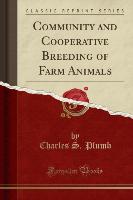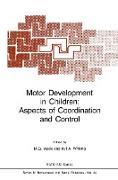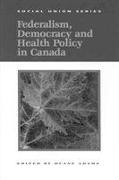- Start
- Community and Cooperative Breeding of Farm Animals (Classic Reprint)
Community and Cooperative Breeding of Farm Animals (Classic Reprint)
Angebote / Angebote:
Excerpt from Community and Cooperative Breeding of Farm AnimalsThe first unorganized community breeding in America, perhaps, was that of Merino production in Vermont, Pennsylvania, and Ohio. The first ¿ocks of importance were established very early in the last century, and by the middle of the century many ¿ocks of Merinos occupied the hills of Vermont, western Pennsylvania, and eastern Ohio. So famous did Vermont become as a Merino center that in far-away Australia, to which these sheep were exported, the natives supposed all Merinos from America were grown in that state, and they were known as Vermont Merinos.The first organized community breeding association in America, so far as the writer can learn, was the Western Reserve Holstein Friesian Association, which was organized in 1905 at Burton, A group at the Annual Field Day of the Geauga County Holstein Friesian Association at Alexander Watt', s June 8, 1917.Geauga County, Ohio. Later the name was changed to the Geauga County holstein-friesian Association. This organization had a very successful start, and in the spring of 1912 had 154 members, representing 4000 head of cattle. The primary purpose of this association is to extend the interest in the holstein-friesian breed of cattle in the community, and to encourage among the members intellectual and social development. An annual picnic is a feature of this association, on which occasion some guest of prominence is invited to address the members. This association has been most successful, and large numbers of cattle have been shipped from the herds of its members to various parts of America, as well as to Mexico, Japan, and South Africa. Many great milk and butterfat records of the world-breaking class, have been made in these herds.About the PublisherForgotten Books publishes hundreds of thousands of rare and classic books. Find more at www.forgottenbooks.comThis book is a reproduction of an important historical work. Forgotten Books uses state-of-the-art technology to digitally reconstruct the work, preserving the original format whilst repairing imperfections present in the aged copy. In rare cases, an imperfection in the original, such as a blemish or missing page, may be replicated in our edition. We do, however, repair the vast majority of imperfections successfully, any imperfections that remain are intentionally left to preserve the state of such historical works.
Folgt in ca. 5 Arbeitstagen




